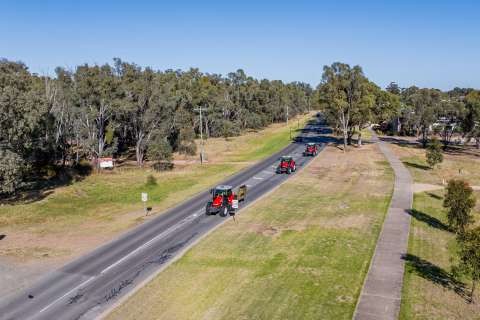The Government is taking a significant step toward its goal for 100% renewable electricity generation in a move that could be a game changer for consumers and the creation of a low-emissions economy, Energy & Resources Minister Megan Woods said.
The Government is investigating options to ‘green the grid’ as part of a new, transformative infrastructure plan for renewable energy to:
- enable widespread electrification of transport and industry;
- create thousands of jobs and;
- deliver more affordable power for New Zealanders.
The Government will fund a close examination of a key recommendation by the Interim Climate Change Committee; hydro schemes which pump water to manage peak demand, dry hydrological years, and the intermittency of renewable energy sources such as wind.
“If a business case stacks up pumped hydro would be a game changer for securing sustainable, cheaper, low-emissions electricity for the long term,” Megan Woods said.
“This would be transformative for our energy system, and we would no longer be reliant on fossil fuels for meeting our electricity demand.
“Pumped hydro moves water to an upper reservoir when there is surplus renewable energy generation and demand for electricity is low. It is released back down to a hydro power station to generate electricity when demand is high.
“It works like a battery because the stored energy in the water is released when it is used in the hydroelectric dam. This opens up huge possibilities for cheaper electricity and increased supply.
“The project could create thousands of jobs, make wholesale electricity cheaper in the long run, and it would decarbonise the grid as we wouldn’t have to rely on coal and gas to make electricity.
“Pumped hydro would also open up opportunities to electrify sectors across the economy, such as transport and industrial heat, as a lower electricity price would make it more competitive than fossil fuels.
“The Interim Climate Committee recommended further investigation of the project to help us meet our climate change commitments. It would make New Zealand one of only a handful of countries in the world with a fully renewable electricity system, and solve our dry year storage problem.
“A project like Lake Onslow is ambitious. It would be the single biggest infrastructure project since the 1980’s. That’s why it’s important to get certainty on the costs, logistics and any environmental impacts of what would be a game-changing, long-life asset for many New Zealand generations to come,” Megan Woods said.
The $30 million allocated will pay for the detailed development of a business case for a solution to address New Zealand’s dry year storage problem. This analysis will mostly focus on a pumped hydro storage project at Lake Onslow in Central Otago, but will also include the assessment of smaller potential pumped storage options in the North Island, as well as other alternative technologies.
It’s estimated hundreds of jobs would be created from the business case for a major project such as Lake Onslow, which would include environmental and geotechnical assessments.
Construction of such a project would create further significant employment. For example, the full Lake Onslow project at its peak could employ 3,500-4,500 skilled and semi-skilled workers, as well as thousands more in indirect jobs.
It’s estimated it would take about four to five years to build, plus two years to fill the reservoir, and will be a multi-billion dollar project for which separate funding would be required.
While pumped storage was recommended for further investigation by the Interim Climate Change Committee, it is important a range of options to solve the dry hydrological year problem, and find ways to decarbonise the energy system, is explored.
Minister Woods also announced a further $70 million investment to increase electrification of industrial and process heat in the lower South Island, with transmission line upgrades, and direct support to industrial users to convert their coal boilers to electricity.
The potential closure of Tiwai Point’s aluminium smelter provides a near-term opportunity to use some of that electricity for switching out coal boilers to low emission options.
A national direction under the Resource Management Act on renewable electricity to accelerate generation will also be established, with $2 million of funding.







